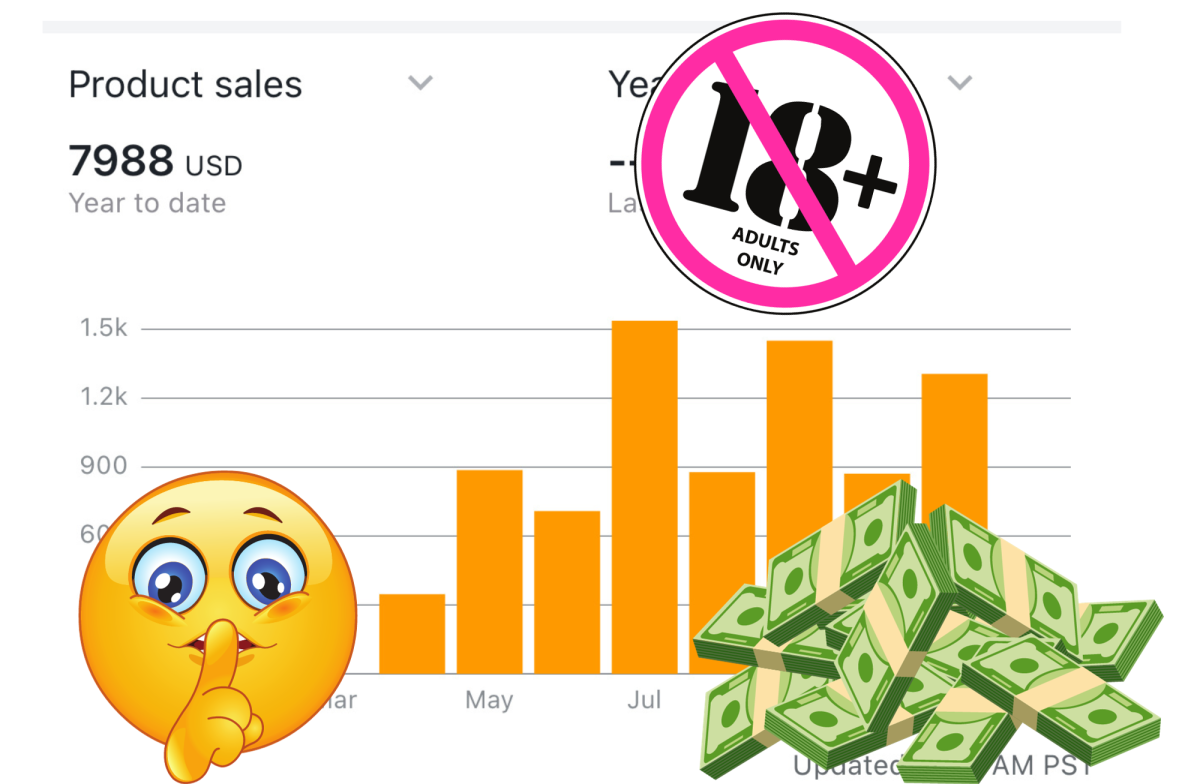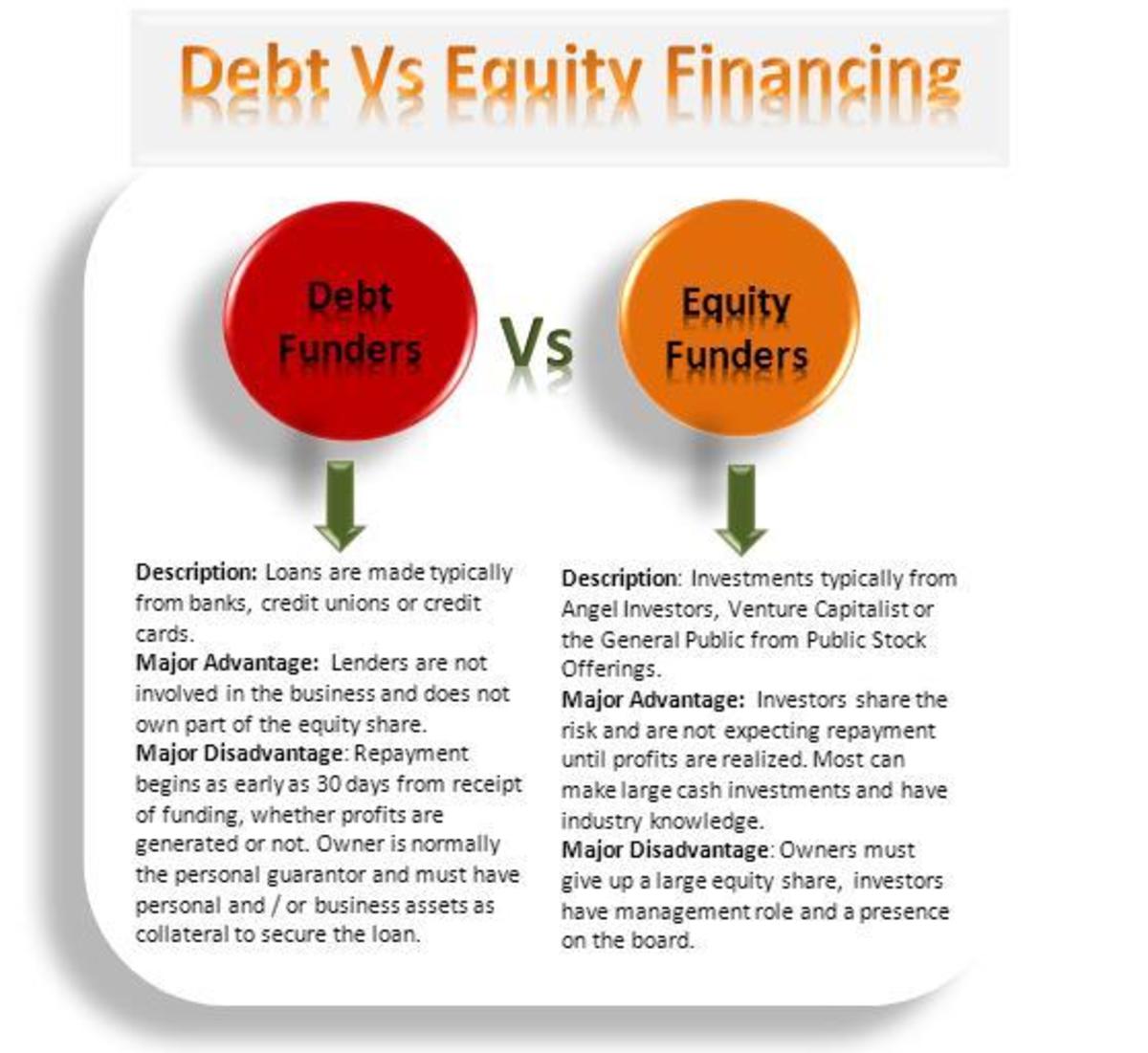Emotions in the Workplace
The Power of Words
Positive Working Environments
Businesses and managers who are serious about improving job satisfaction within their organization will help their employees to experience plenty of positive emotional events each and every day.
Emotions in the Workplace

Emotions in the Workplace
What are emotions?
Emotions drive the behavior of people. Our attitudes, behavior, and decisions are governed by both cognition and emotion. Emotion has an even greater influence on us than cognition. What are emotions? According to the Merriam Webster dictionary, emotions are "a conscious mental reaction subjectively experienced as strong feeling usually directed toward a specific object and typically accompanied by physiological and behavioral changes in the body" (Merriam Webster, 2014).
Did you know that emotions come in waves which can last from milliseconds to a few minutes? Some emotions include joy, fear, and anger, etc. As brought out in the definition above, our emotions are directed toward a specific object, or person. For example, if your printer is not working you may become angry and even hit or kick it! Emotions are different than moods, because moods are not as intense as emotions. Moods are also not directed toward anything specific.
Literally every minute, emotions from experiences can involuntarily effect changes in our:
- Physiological state - blood pressure, heart rate, etc.
- Psychological state - ability to think clearly
- Behavior - facial expression
Most of the time, we don't even realize that we are "getting emotional". Emotions are part of our body's automatic defense system. For example, if we are excited, our heart rate and blood pressure can increase to put us in a state of readiness to either fight another person or flee from the situation. Intense emotions can alert us of a danger or opportunity to move. Emotions can be categorized in positive or negative terms as well as how much they set us in that state of readiness. For example, anger is negative and moves us to a high level of readiness to act. Relaxation, on the other hand, is positive and comes with a low level of activation. Emotions tell us (called the core affect) that a person, place, or thing is approachable or to be avoided, helpful or harmful, and good or bad.
What value are emotions in the workplace?
Bad Attitudes in the Workplace
Attitude about Job

Emotions, Attitudes, and Behavior
Understanding attitudes is the first step to learning how emotions influence our thoughts and behavior at work. Attitude, according to Merriam Webster, is the way we think or feel about a person or object which affects our behavior (Merriam Webster, 2014). Attitude involves our beliefs, estimated feelings, and intentions towards a person, object, or event; this is called the attitude object. What is the difference between attitudes and emotions? Attitudes involve conscious reasoning and are stable over time. Emotions, to contrast, are more brief, often occurring without our knowledge.
Attitudes versus Emotions
Attitudes
| Emotions
|
|---|---|
Judgements about Attitude Object
| Experiences Related to Attitude Object
|
Based Mainly on Rational Logic
| Based on Innate & Learned Responses to Environment
|
Usually Stable for Days or Longer
| Experienced for Seconds or Less
|
The Attitude Virus in the Workplace
Attitudes: Beliefs, Feelings, Behavioral Intentions
In the traditional model, attitudes can be broken down into three different components, including beliefs, feelings, and behavioral intentions. Beliefs are your perception of an attitude object which you have derived over time from past experiences and other forms of learning. For instance, you may believe that your level of leadership is sufficiently driving productivity in your department. Feelings are your positive or negative judgement of an attitude object. For example, you may feel that your level of leadership is good, while your boss may think that it is lacking. Behavioral intentions depict your willingness to participate in a specific behavior in regards to the attitude object. To illustrate, after hearing that your boss is not happy with your leadership performance, you might try to justify your leadership method or let your boss know that you will work on making changes. Which action you choose will be dependent on your previous experiences, self identity, and cultural norms of proper behavior.
The problem with the traditional model is that it ignores the important role of emotions in shaping attitudes. Behavioral intentions directly impact or determine behavior. Role perceptions, motivation, ability, and situational factors (or opportunity) are all factors from the MARS model which could determine whether or not your intentions will result in a behavior. If you are not able to change your leadership style (behavior) as you told your manager you would (intention), your boss might say, "He had good intentions, but he lacked the ability to change his behavior". Also, attitudes when anchored by strong emotions, are more likely to influence your behavior.
The Art of Happiness at Work
This is how emotions influence our attitudes and behaviors:
Has anyone ever made you feel negatively about yourself, another person, or something in the workplace by expressing their negative thoughts or feelings?
Get and Stay Happy at Work
Manager Providing Positive Experiences for Employees

How Emotions Influence Attitudes and Behavior
As I mentioned above, emotions and cognitive process both play a key role in creating and transforming employee attitudes. Perceptions begin the process. Emotional components in our brain automatically and unconsciously tell us which emotion to assign to a particular piece of information based on whether it is a threat or not. Think back to the example where your boss mentions that your leadership style is not sufficient. Your brain may be flooded with a mass of emotions like worry, nervousness, surprise, or anger. These emotions will influence your thinking ability about the attitude object, or your leadership style. So, at this point you may be re-evaluating your leadership style, whether it is good or bad. By the way, did you know that your emotions have already formed an opinion about the subject? This is how emotions have a direct impact on your attitudes and behaviors. We actually "listen in" on our emotions to help us decide if we should support or disapprove of something. If you receive mostly negative emotions when talking or thinking about your leadership style, then your reasoning will be swayed by negative feelings.
Businesses and managers who are serious about improving job satisfaction within their organization will help their employees to experience plenty of positive emotional events each and every day. Employees who experience positive emotions in the workplace will thus have a more favorable attitude towards their job, managers, and company as a whole. This is an automatic and unconscious reaction that the employees may not even be aware is happening. When the employee thinks about their job, their emotions will tell them what to think based on your efforts of providing those positive emotional experiences in the workplace. The dual cognitive-emotional attitude process can help us to understand why this is true.
Our cognitive and emotional processes don't always agree with each other. This occurs when you are faced with a mental tug-of-war, not knowing what to do. In this circumstance, it is an indication that our logical analysis of the situation can't determine reasons for supporting our automatic emotional response. Sometimes people might say, "Don't act on your emotions. Instead use your logical reasoning". There is a lot of wisdom behind that saying. Studies even show that quick decisions made by executives, based on emotion, are not the best. Instead, a better option is to logically evaluate the situation before arriving to a conclusion.
People have a direct behavioral reaction to their emotions. Even low intensity emotions can automatically and involuntarily change our facial expressions. High intensity emotions can have an even more significant effect. For example, when an employee becomes upset, he or she may clench their fists or grit their teeth. An overjoyed employee may react by laughing out loud or throwing their arms up. These reactions are automatic and part of our body's coping mechanism for dealing with the situation. Managers should be particularly considerate of how they could potentially make their employees feel. The actual work environment that you create for your employees, has a significant and strong impact on their attitudes and behaviors.
Workplace Emotions, Attitudes & Stress
Learn More about Organizational Behavior here:
Please rate this hubpage:
Please leave your comments below...
What are your experiences with emotions, attitudes, and behaviors in the workplace?








